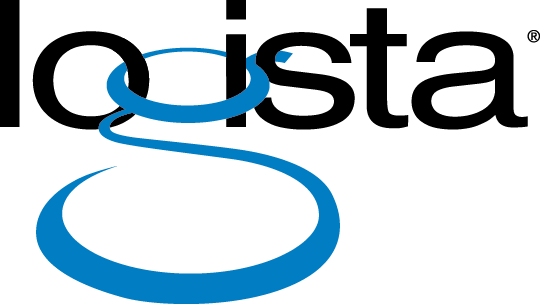Hybrid teams have become the norm rather than the exception in many businesses. Unified Communications (UC) platforms serve as the digital backbone that keeps these distributed teams connected and productive.

Here are ten key ways UC technology enables real-time collaboration in hybrid work environments.
1. Centralized Communication
Unified Communications simplifies collaboration by integrating messaging, voice, and video tools into one platform. No more app-jumping! This central hub means hybrid team members can instantly connect with one another, ensuring communication flows smoothly and efficiently.
2. Presence Awareness
Knowing who’s available or busy at any moment makes a big difference. Presence awareness shows team members’ statuses—whether they’re available, on a call, or in a meeting—making it easy to pick the right time to reach out. This helps prevent disruptions and encourages respectful timing across different locations and time zones.
3. Seamless Video Conferencing
Video conferencing brings the human connection back into hybrid work. Real-time, face-to-face interaction is essential for brainstorming, problem-solving, and fostering trust. UC platforms make it easy for team members to join video calls from any device, ensuring everyone feels like part of the team, regardless of location.
4. Real-Time Document Collaboration
Many UC platforms connect with cloud storage, allowing teams to co-edit documents in real time. During meetings or collaborative sessions, team members can make instant updates to documents, spreadsheets, or presentations, reducing the need for lengthy follow-ups and ensuring everyone stays aligned.
5. Mobile and Remote Access
Hybrid teams need flexibility, and UC solutions deliver. With mobile-friendly interfaces, team members can join calls, respond to messages, and stay engaged from any location or device. This accessibility helps prevent communication gaps and keeps projects moving forward smoothly.

6. Unified Calendars and Task Management
Scheduling and task management can get messy when people work in different places. UC platforms integrate with calendars, making it easy for teams to schedule meetings, set reminders, and sync up on deadlines. Knowing everyone’s availability makes scheduling simpler, and everyone stays on the same page with tasks and projects.
7. Instant File Sharing
Sharing files during a chat or meeting is a game-changer for productivity. UC platforms let team members access important documents instantly, so they don’t waste time searching through emails or separate storage systems.
8. Enhanced Security
With team members working across different networks and devices, data security is essential. UC tools often come with built-in encryption and security protocols to protect sensitive communications, providing peace of mind for hybrid teams.
9. Integrated Project Management
UC platforms often integrate with project management tools, keeping projects organized and visible within a single interface. This alignment helps teams stay on track with timelines and goals, supporting smoother workflows and more efficient meetings.
10. AI and Automation
Many UC solutions use AI to transcribe meetings, generate summaries, and automate repetitive tasks, reducing administrative workload. By handling the small tasks, UC enables teams to focus on what really matters, boosting productivity and keeping the collaboration going.
About Logista Solutions
Logista Solutions is a nationally recognized leader in a broad range of technology management solutions. As one of the largest technology support providers in the U.S., Logista provides innovative and holistic solutions to help companies take control of their IT infrastructure and achieve better business outcomes. Popular services include Managed IT as a Service, VoIP and Unified Communications, Managed Print, Cloud Services and Asset Disposition.




